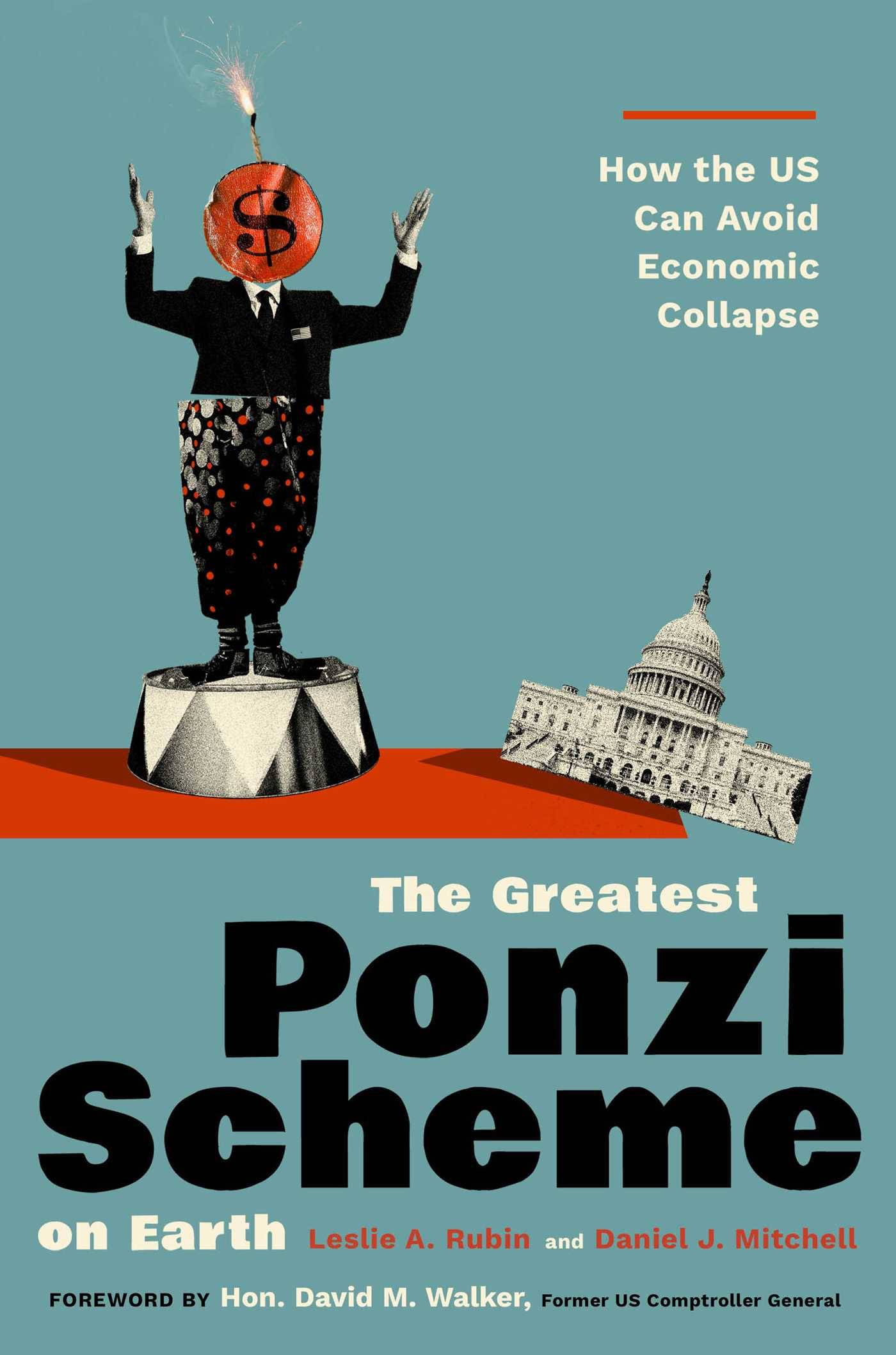Ponzi schemes are one of the most notorious forms of investment fraud that have been around for decades, luring unsuspecting victims with promises of high returns with little risk. Named after Charles Ponzi, an infamous con artist from the early 20th century, these schemes continue to thrive in various forms, costing victims billions globally. In this article, we’ll dive into what Ponzi schemes are, how they operate, and how to identify and avoid them.
What Is a Ponzi Scheme?
A Ponzi scheme is a fraudulent investment operation where returns are paid to earlier investors using the capital from new investors, rather than from profit earned by the operation. The scheme typically promises high, often unrealistic returns in a short period of time with little or no risk.
At its core, the success of a Ponzi scheme relies on the continuous recruitment of new investors. The moment the pool of new investors dries up, the scheme collapses as there is no real business or investment generating profit to sustain it.
How to Monetize TikTok
How Ponzi Schemes Work
Ponzi schemes follow a simple but deceptive operational structure:
1. Attracting Investors: The scheme organizer attracts investors with promises of extraordinary returns, much higher than those found in legitimate investments. These could be double or triple-digit returns within months.
2. Paying Early Investors: As new investors join, the scheme uses their money to pay returns to earlier investors, creating the illusion of a legitimate, profitable business.
3. Maintaining the Illusion: To maintain the trust of investors, Ponzi schemes often continue paying out returns, sometimes even encouraging investors to reinvest their earnings instead of cashing out. This reinvestment gives the scheme more funds to sustain itself.
4. Collapse: Sooner or later, the scheme runs out of new investors or the mastermind decides to disappear with the remaining funds. At this point, the scheme collapses, and most investors lose their money.
Key Characteristics of Ponzi Schemes
Ponzi schemes are often difficult to identify because they operate under the guise of legitimate investment opportunities. However, there are several red flags to watch out for:
1. Guaranteed High Returns with Little Risk: No legitimate investment guarantees high returns without risk. If an opportunity seems too good to be true, it probably is.
2. Consistent Returns Regardless of Market Conditions: Real investments fluctuate with the market. If an investment claims to deliver high returns consistently, even during downturns, it’s a red flag.
3. Unregistered Investments: Ponzi schemes often involve unregistered investments, meaning they are not licensed with financial regulatory authorities. Always check with regulatory agencies to verify whether the investment is legitimate.
4. Secretive or Complex Strategies: Fraudulent schemes often have complex investment strategies that are difficult to understand. They may use jargon and offer little transparency about how the investment works. If the strategy is vague or unclear, proceed with caution.
5. Difficulty Receiving Payments: Ponzi schemes may encourage reinvestment of returns rather than cashing out. If you find it challenging to withdraw your money, this is a major warning sign.
6. Recruitment Focus: If the success of the scheme depends on recruiting new members, rather than on the performance of an actual product or investment, it is likely a Ponzi scheme.
Best ways to monetize your TikTok account
Famous Ponzi Schemes in History
1. Charles Ponzi (1920): The original Ponzi scheme was orchestrated by Charles Ponzi in 1920. He promised investors a 50% return in 45 days by investing in international postal reply coupons. In reality, Ponzi was using money from new investors to pay off earlier ones. At its peak, his scheme was raking in about $250,000 per day. It eventually collapsed, costing investors about $20 million (equivalent to over $250 million today).
2. Bernie Madoff (2008): Bernie Madoff orchestrated one of the largest Ponzi schemes in history, defrauding investors of nearly $65 billion. His scheme lasted for decades, promising consistent returns through a "split-strike conversion" strategy, which was never actually used. Madoff's scheme collapsed in 2008 when the financial crisis triggered a wave of redemptions that he couldn’t fulfill.
3. BitConnect (2016-2018): This cryptocurrency-based Ponzi scheme promised huge returns to investors through a proprietary "lending program." It claimed that its trading bot and volatility software could generate high returns on Bitcoin investments. In reality, BitConnect was a Ponzi scheme, and in 2018, it collapsed, causing investors to lose millions.
Ponzi Schemes vs. Pyramid Schemes
It’s common for people to confuse Ponzi schemes with pyramid schemes, but they are distinct forms of fraud:
- Ponzi Scheme: Investors are led to believe they are investing in a legitimate business or investment, and returns are paid using new investors’ money. The focus is on “investing.â€
- Pyramid Scheme: Participants are asked to recruit new members to earn money. Each new recruit must pay a fee or buy into the scheme, and the recruiters earn a commission. The focus is on recruiting rather than investing.
The Impact of Ponzi Schemes
The financial damage caused by Ponzi schemes can be devastating. Victims often lose their life savings, retirement funds, or investments meant for future goals such as buying a house or funding education. In addition to financial loss, the psychological and emotional toll can be immense, as victims may feel ashamed, betrayed, and helpless after being defrauded.
Ponzi schemes also undermine trust in financial institutions and investment opportunities. Legitimate businesses may suffer from decreased investor confidence, and overall market participation may decline as people become wary of potential fraud.
How to Protect Yourself from Ponzi Schemes
1. Conduct Thorough Research: Before investing, do your due diligence. Research the company, investment advisors, and business strategies. Verify the legitimacy of the investment with regulatory authorities.
2. Check for Licensing and Registration: Ensure the investment is registered with your country’s financial regulatory body (e.g., the SEC in the U.S.). If the investment firm or broker is not licensed, it’s a major red flag.
3. Be Skeptical of High Returns: Be cautious of investments that promise unusually high returns with little or no risk. Legitimate investments are subject to market fluctuations, and no investment is without risk.
4. Monitor Your Investments: Regularly check your investment accounts and statements to ensure everything is in order. If something doesn’t seem right, ask questions immediately.
5. Avoid Pressure Tactics: Fraudsters often use pressure tactics to get you to invest quickly without giving you time to think it over. Always take your time and never feel rushed into making an investment decision.
Conclusion
Ponzi schemes have been around for over a century, and while they may appear to offer an easy way to make quick money, the reality is that they are designed to benefit a few at the expense of many. By being aware of the warning signs and understanding how these schemes operate, you can protect yourself and others from becoming victims of financial fraud.
When investing, remember the old adage: “If it sounds too good to be true, it probably is.†Always conduct your research and approach any investment opportunity with caution.


